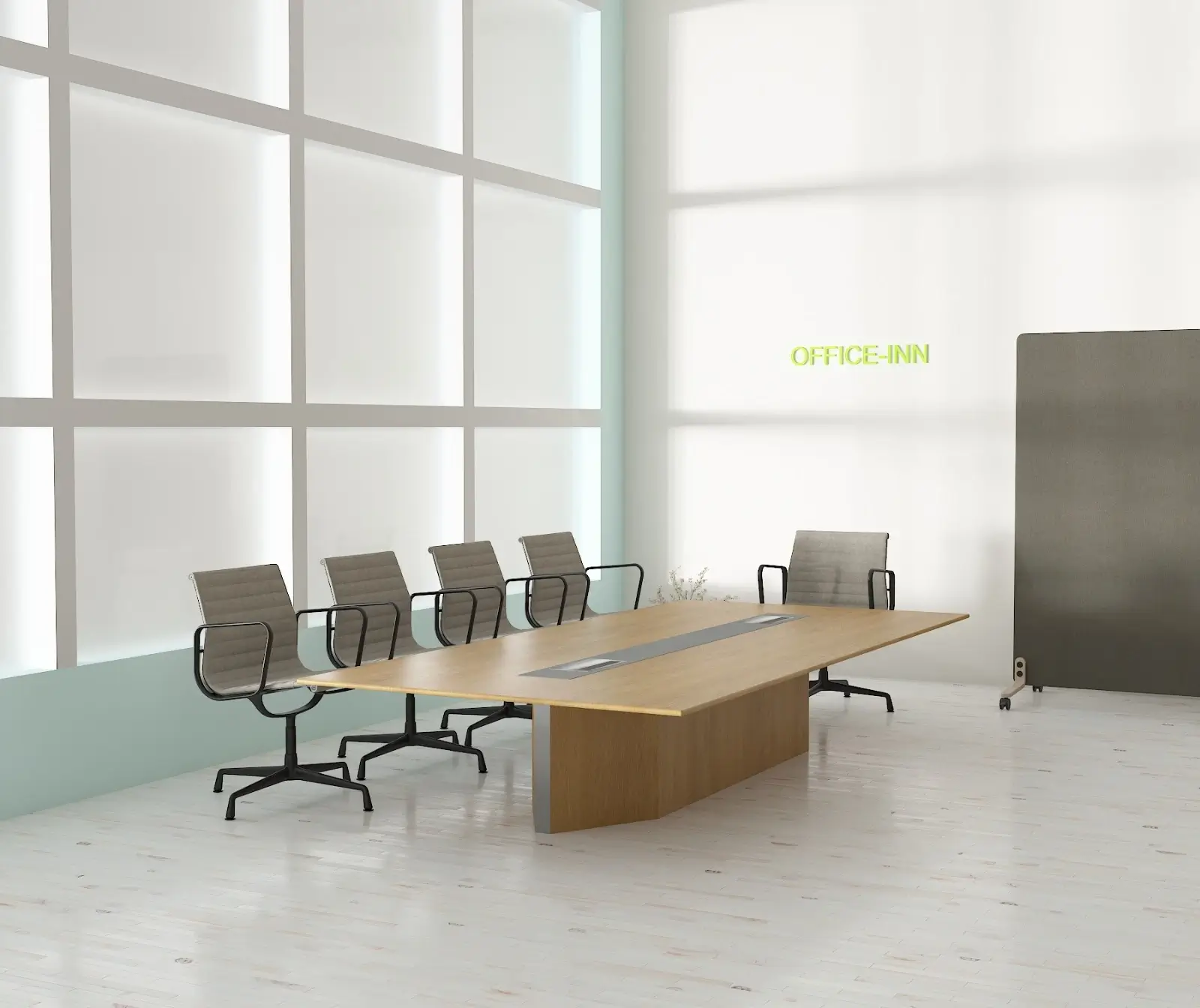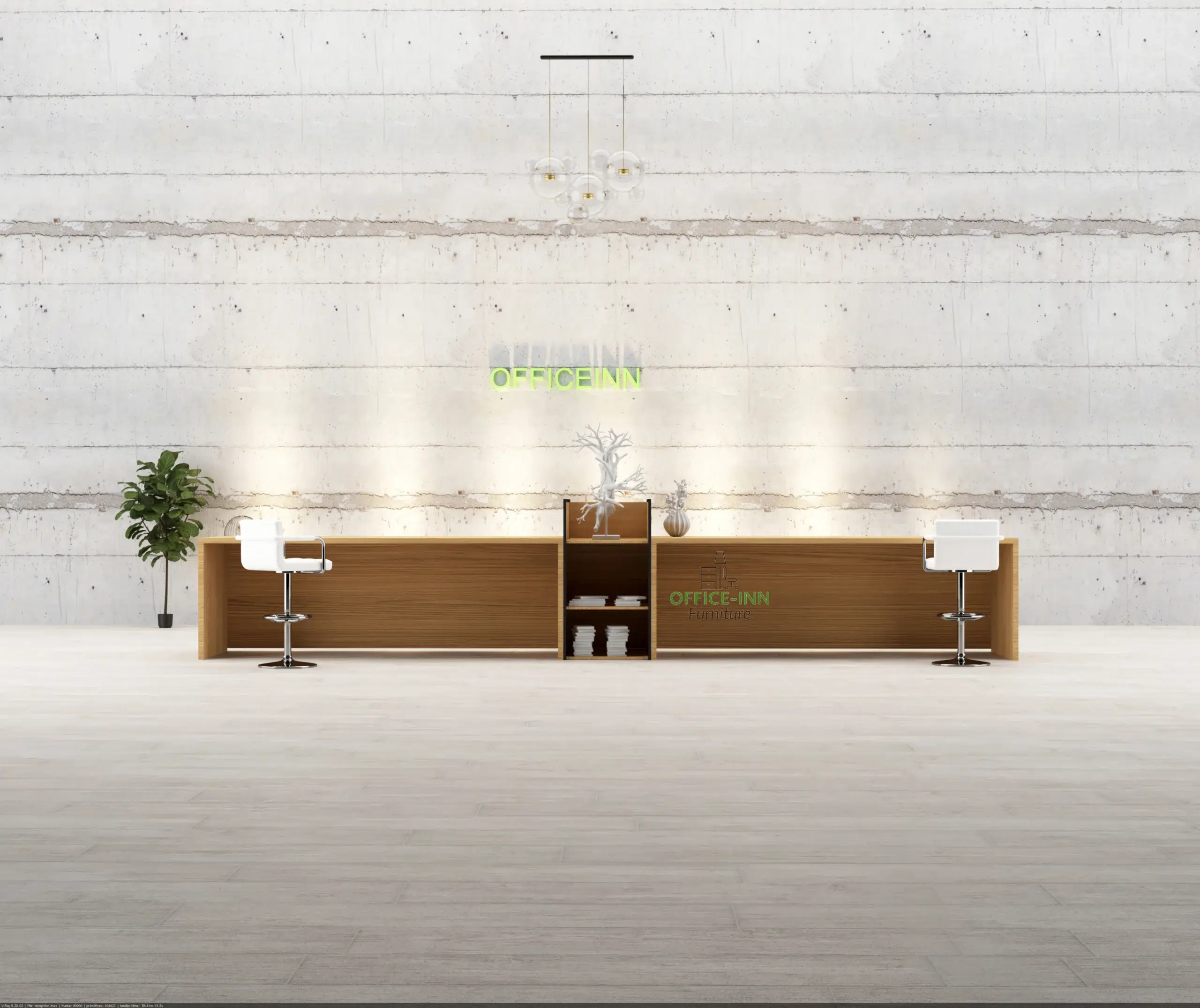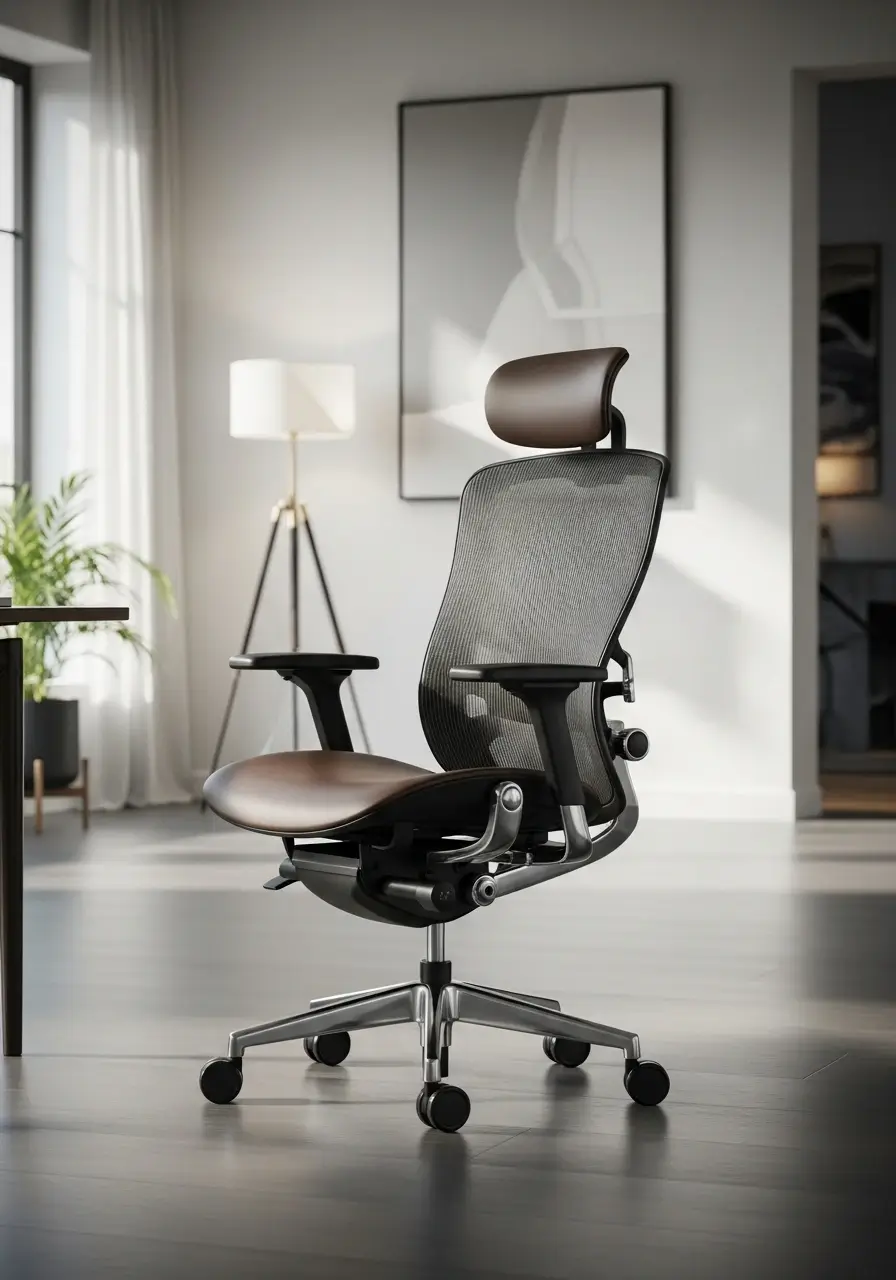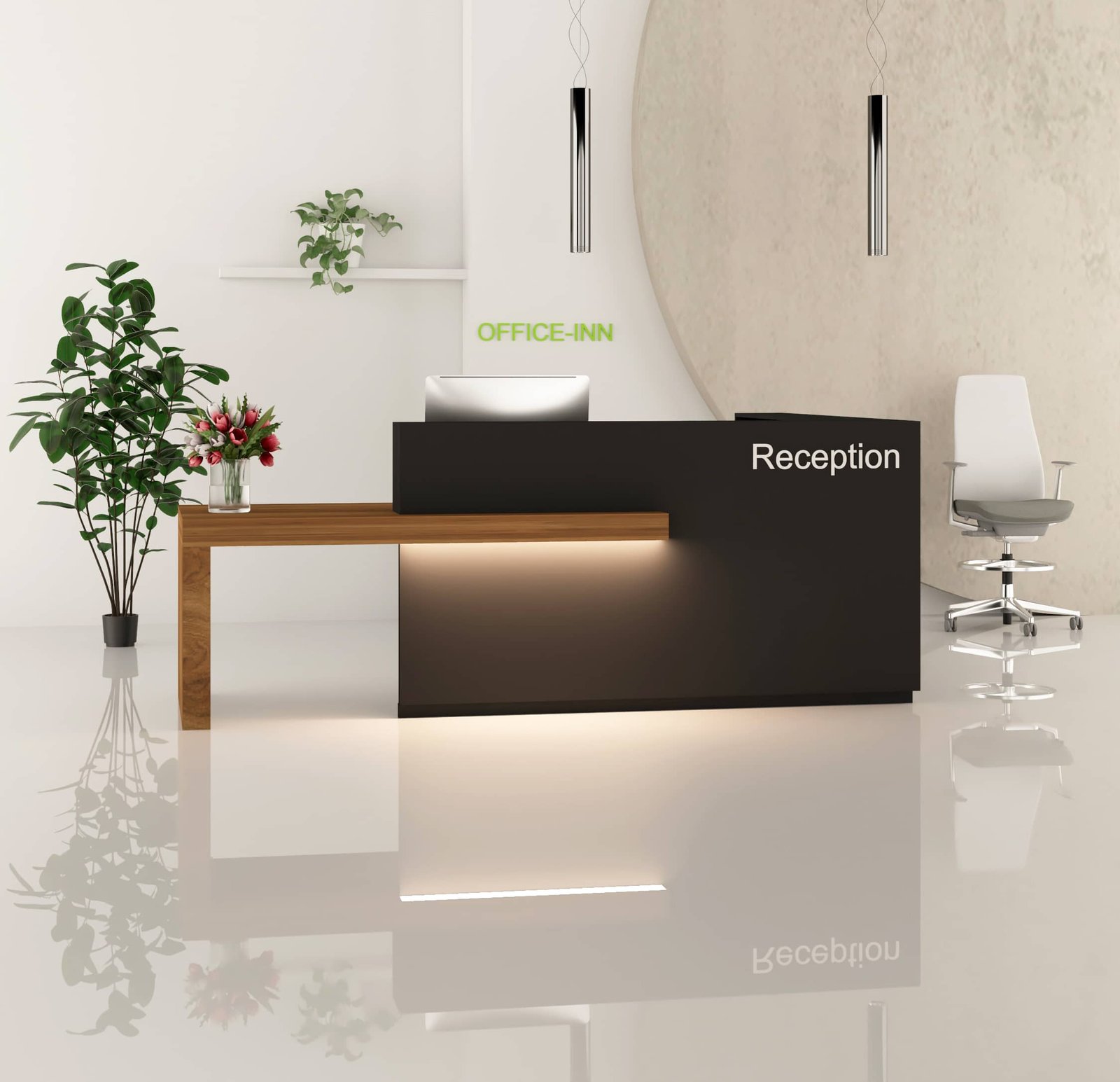What’s the Best Material for a Conference Table?
When choosing a conference table, one of the most crucial decisions is selecting the right material. The conference table is more than just furniture—it is the centerpiece of your meeting space and a reflection of your brand’s professionalism. The right material can enhance the room’s aesthetics, durability, and overall functionality. In this blog, we will explore the best materials for conference tables, their pros and cons, and how to choose the perfect one for your office.
Why Material Matters for Conference Tables
The material of your conference table affects its durability, maintenance, and visual appeal. It also influences how well it fits your office design and how it withstands daily use. Choosing the wrong material can result in scratches, stains, or even a mismatch with your interior design. Therefore, investing time in selecting the right material ensures long-lasting quality and a professional look.
Popular Materials for Conference Tables
1. Wood
Best For: Classic, premium look and durability
Wood is a timeless choice for conference tables. Popular options include solid wood like oak, walnut, or maple and engineered woods such as MDF with a veneer finish.
Pros:
- Elegant and professional appearance
- Long-lasting durability
- Can be refinished if damaged
Cons:
- Heavy and difficult to move
- Expensive compared to other materials
- Requires maintenance to avoid scratches or watermarks
2. Laminate
Best For: Budget-friendly and versatile designs
Laminate conference tables are made from composite wood topped with a printed or textured layer that mimics real wood, stone, or other materials.
Pros:
- Affordable compared to solid wood
- Available in various finishes and colors
- Resistant to scratches and stains
Cons:
- Cannot be refinished if damaged
- May look less luxurious than solid wood or glass
3. Glass
Best For: Modern and sleek office spaces
Glass conference tables are ideal for contemporary settings, giving a clean and spacious look to meeting rooms.
Pros:
- Elegant and modern appearance
- Easy to clean and maintain
- Creates a spacious, open feel
Cons:
- Prone to fingerprints and smudges
- Can be fragile and may shatter if not tempered
- May feel cold and less inviting compared to wood
4. Metal
Best For: Industrial or minimalist office designs
Metal conference tables, often paired with wood or glass tops, offer a strong and durable base.
Pros:
- Extremely durable and stable
- Resistant to damage and wear
- Complements industrial or contemporary designs
Cons:
- May look too cold or harsh for some office environments
- Can be heavy and hard to move
5. Stone (Marble or Quartz)
Best For: Luxury executive boardrooms
Stone materials, such as marble or quartz, add a touch of sophistication and uniqueness to your conference room.
Pros:
- High-end, luxurious look
- Highly durable and unique
- Heat and scratch resistant (depending on the stone type)
Cons:
- Very heavy and costly
- Requires professional installation and maintenance
Choosing the Right Material for Your Conference Table
When selecting the best material for your conference table, consider the following factors:
- Budget: Solid wood and stone are premium choices, while laminate is more affordable.
- Usage: For heavy daily use, opt for durable materials like laminate, metal, or engineered wood.
- Design Aesthetic: Choose glass or metal for modern offices, wood for classic interiors, and stone for luxurious spaces.
- Maintenance: Consider how much time you can spend on cleaning and maintenance.
- Longevity: Invest in materials that can withstand wear and tear over time.
FAQs About Conference Table Materials
1. What is the most durable material for a conference table?
Laminate and metal are considered among the most durable materials for heavy use. Solid wood is also highly durable but requires maintenance to prevent scratches and water damage.
2. Are glass conference tables practical for daily use?
Glass tables look sleek and modern but may show fingerprints easily. They are best suited for offices where aesthetics are a priority and usage is moderate.
3. Is laminate better than solid wood for conference tables?
Laminate is more affordable and easier to maintain, making it ideal for budget-conscious offices. Solid wood, on the other hand, offers a more luxurious and long-lasting appeal.
4. How do I maintain a wooden conference table?
Use coasters, clean up spills immediately, and polish the surface regularly. Avoid harsh cleaning chemicals and direct sunlight to prevent fading.
5. Which conference table material is most cost-effective?
Laminate is the most cost-effective option, providing a wide variety of design choices while being resistant to stains and scratches.
Final Thoughts
Your conference table is a focal point in your office and can influence how clients and employees perceive your business. Choosing the right material ensures durability, aesthetic appeal, and functionality. For a timeless and classic feel, solid wood is unbeatable. For a modern look, glass or metal can transform your space, while laminate offers an affordable and practical solution. Ultimately, the best material depends on your office’s style, budget, and usage needs.







